Welcome to episode 19. Today I’m going to talk about sunsets. Well, not just sunsets, but dramatic sunsets. When the sky starts to turn orange then red as the sun goes down, it can make an amazing spectacle, and your emotions will run riot and you might not think much about what you are shooting. A common mistake, not just with sunsets, but with any kind of photography, is getting so carried away with what you are seeing you don’t think about how you shoot it. You expect that no matter how you compose the image, the emotions will carry through to the viewer of the image at a later time. However this is rarely the case. The viewer has not been through the experiences that you have to get to the place where you made the exposure. They don’t feel the temperature of the atmosphere around you, the fatigue from climbing the mountain to get to your vantage point for example, the exhilaration of the wind or the excitement of others around you when things start to go right. Without these and many other factors that come into play, the viewer is relying on your image alone to incite an emotion.
In this episode I’ll introduce some of my sunset shots, including my first successful sunset that I still have hanging on my living room wall today, which was shot in 1993. I’ll also show you another shot from the top of a ferry, from October 2003, and three shots from yesterday (Jan 9th 2006), that have really prompted me to talk about Sunsets today. As usual, as these are real-world examples of how to make this kind of photo, I’ll also talk about how I went about getting these shots, and what makes them work for me.
I usually try to progress in chronological order when introducing my images, but today, I’m going to work back, from present day to my earliest shot from 1993. There’s no particular reason for this, other than the sun is further past the horizon as the shots progress. It just seems more natural to talk about them in this order.
Monday the 9th of January 2006 was a national holiday in Japan, so I’d got the day off from my day job. I’d had a pretty crappy weekend, having problems with an upgrade to the forum software at my Web site, and I’d spent two very nice days inside, in front of my computer, and was feeling pretty down. The weather on Monday was not as good as the previous two days, as there were lots of clouds in the sky, so I was also annoyed at having spent the best days in front of the computer. However, I’m a firm believer that fair weather photographers limit themselves to only a small amount of the possible photographic opportunities that nature has to offer, so I started to think how I can capitalize on the broken cloud. Sunset’s are in my experience best when there is a certain amount of cloud around to both add interest, and to reflect the warm light. The thing is, you never know for sure if a sunset will be orange and red, or the sun will just go down uneventfully, either in full view or behind cloud. Anyway, I recalled a spot that I visited some five years ago, and started thinking that if conditions were good, it would make a great spot for a sunset. In October 2001 I’d actually hiked to this spot from another mountain. It was a pretty grueling day, with lots of ups and downs along mountain paths.
Most mountains in Japan are pretty densely wooded, so you usually can’t see anything either until you get to the very top of a main peak, which usually has a number of picnic areas and sometimes little shacks that server snacks and drinks, and server as a place to get warm in the winter months. This point, the peak of Mount Jinba or Jinbasan, is very much like this. There are some four or five shacks, and lots of man-made platforms to sit and eat and rest. One of the main reasons for this is because on a clear day you get an excellent view of Mount Fuji.
On the day I visited in 2001, after reaching this peak, I descended via a few hundred log steps to a car park. It takes only about ten minutes, though when using public transport as I was that day, you then have quite a walk to the nearest town and the closest bus stop. I remember thinking though that if I had a car I could park up right there and probably get to the top in just 15 minutes or so. And this is exactly what I did yesterday. I must admit, it was a bit of a lung bursting climb. Pretty much just step after step, with little flat ground, but as I thought, after about 15 minutes, maybe 20, I was standing on the top of Mount Jinba.
Mount Fuji was not visible, and I was starting to think that maybe I would be out of luck, but the haze in the mountains meant that as the surrounding mountains got further away, they became lighter in shade until they we no longer visible. As the sun set if the sky turned orange it would make a nice shot, so maybe all was not lost.
Take a look at the first shot from this day, which is number 825, and the first of three that we’ll take a look at from this vantage point. This shows this effect well, as the mountains fade into the distance. It was shot at F11 at 1/100 of a second, with my 100-400mm F4.5-5.6 L lens at 115mm. So, why did I use this lens? Well, there are two reasons. Firstly, if I had gone with a wide angle or even a standard lens of say 50mm, I would not have gotten close enough into the scene to show anything interesting. Also, telephoto lenses compact the perspective, making objects seemed stack-up against each other. The result is the mountains as they get less and less visible and defined seem all stacked up on top of each other. Also, and you will not be able to appreciate this very much on the smaller image that I have on the Web or in iTunes, in the foot of the valley in the foreground, the sunlight is reflecting off the roofs of the houses. This helps to give the shot some focus. This, with the stacked up mountains adds greatly to the drama of the image, but this is still more of a Landscape shot than a dramatic sunset, but the orange clouds help us to know that the end of the day is near.
Now, before the sky started to turn orange, I had spoken with a guy working at one of the shacks on the top of the mountain, the only one operating on this day, and he’d commented that is was a shame that we couldn’t see Mount Fuji today, and seemed pretty certain that it would not be visible at all. After I’d mentioned how beautiful I found this misty stacking effect of the mountains though, he told me roughly where the sun would be going down, so that all would not be lost.
Well, I’d decided to hang around for a little while in the hope that the sky would turn orange and red, and that was starting to pay off in the last shot. Now, let’s take a look at the next shot, which is shot number 827. You can see from this that the heavy cloud in the top of the frame had parted, allowing the sun to be almost visible through the haze, but more importantly, Mount Fuji had, against the odds, showed itself through broken clouds. Again there is the stacking effect of the surrounding mountains, but with the cloud, the hazy sun, and the icon of Japan in the frame, this makes for a very dramatic shot. I’ve actually put this into my Landscapes album on my Web site and not the Sunsets album, as this to me is much more than just another sunset. Again, this might be one of those images that can only truly be appreciated when viewed in a large print, to allow one to pore over the details.
This too was shot with my 100-400mm lens at 135mm, F8 this time for 1/200 of a second. Oh, by the way, both of these shots and the next one were shot ISO 100.
Before moving on to the next image, I’d like to briefly talk about how much equipment I take with me when shooting. I know that many people try to think ahead to what they will need and take only the bear minimum to save energy, especially when climbing or extensive walking is involved. This is important, but if you are going to go somewhere to make photographs, getting the shot is also important. I’ve been in parks photographing small birds with a long lens and heard comments from people nearby like, I wish I’d bough my long lens, or I wish I’d bought my extender. Don’t wish for these things. The only person that can get your equipment to the shoot is you. I do take far too much equipment with me when I leave the house, I know. My backpack for a regular day out ways about 14kg or 30lbs, as I take just about all my lenses, just in case I need them. And granted, I often take them home in the evening having not even taken them out of my bag. But I would rather struggle a little with a heavier bag than miss the shot. Please don’t misunderstand me. If I was doing the original hike that got me to this peak across multiple mountains, I’ve have traveled more lightly. Had I not, I would not only have gotten much more tired, I might have even endangered myself. I made not have made the hike. But when possible, take as much of your kit as you think you might need, because taking it home unused is much less stressful than being somewhere and needing it, but it’s sitting at home.
Anyway, I am bringing this up because many people would leave the big heavy 100-400mm lens at home if they were going to have to climb a few hundred stairs with in on their back. Believe me, taking the right gear is what is going to separate you from the amateurs.
Next, let’s take a look at shot number 829, the final shot from this vantage point on top of Mount Jinba. This shot was taken again with the 100-400mm lens, this time at 310mm, at F11 for 1/30 of a second. I’ve filled the screen with the iconic Mount Fuji, and really wanted to illustrate my point about the stacking effective with telephoto lenses. With the increased focal length this image was made at, you’ll see now that the mountains in the foreground are now severely stacked together, making for quite a dramatic statement about this mountain. You can probably tell that I have a lot of strong feelings for Mount Fuji, which is perhaps swaying my judgment of shots that include it too. I would like to think though that I am doing this amazing volcano justice in my work.
So, moving on, the next shot, which is number 190, is another one of my favourite sunsets. This was shot from the deck of a ferry, heading towards the island of Sado, which can be seen in the bottom of the shot. With so much of the sky aflame with these fingers of cloud radiating out from the island, this is one sunset for which a wide angle lens was useful. I shot this at 17mm on my 10D, which means an actual focal length of approximately 27mm, at F6.3 for a 50th of a second, ISO 100. This shot for me has a lot going for it, with the island in silhouette and the sky reflecting in the calm sea.
I’m including this, not just because it’s one of my favourite sunsets, but also to give you a tip, that many of the best sunsets often occur within the 10 to 20 minutes or so after the sun has dropped below the horizon. I’d been shooting this sunset as it evolved over the space of 30 minutes or so, and was thinking that it wouldn’t get any better and that I’d got my shot, and I actually started going back inside to my friends, who I was probably annoying by spending all my time photographing as usual, when the sky burst into colour like this. So I’ve learned from experience that once the sun’s disk has disappeared from view, don’t pack away your gear and start to head home. Give it another 10 to 20 minutes. You never know what will happen.
Finally, here is one of the first shots I uploaded to my Web site. It is number 20, and as I said in the introduction for today’s episode, I still have a print of this shot hanging on my living room wall. On the day that I made this image I was sitting at home back in 1993 when for some reason, and I can’t quite remember why now, almost 13 years on, but I felt that there was going to be a nice sunset this day. So I jumped into my car and drove to this point as fast as I could. It is a place called Shirafu Pass, that winds its way through the mountains between Fukushima City and the Ura-Bandai area. This was about a 30 to 40 minute drive from the apartment in which I lived at that time. As I go closer and closer the sky started to fill with colour and I recall thinking that it would all be over by the time I got to this spot. I did get there just as the sun dropped below the horizon, and once again, as you can see from this shot, during the time after the sun had disappeared, the sky contained a lot of colour.
For this shot though, the sky, although a beautiful colour, contained no real drama. It was here that the reason for my returning to this spot came into play. I’d noticed this dead tree at the side of the road when passing this point previously, and thought to myself how beautiful this tree would look in a sunset shot, and how much drama it would add.
So here is one more very big take-away for you from today’s episode before we finish; In addition to amazing photography and photographic philosophies, Ansel Adam’s left many wonderful quotes. One of my favourites and one of the most useful pieces of advice I continue to give myself is this. “In my mind’s eye, I visualize how a particular sight and feeling will appear on a print. If it excites me, there is a good chance it will make a good photograph. It is an intuitive sense, an ability that comes from a lot of practice.”
The ability to visualize the end product, be it a print, or what you view on your computer screen, will help you greatly in your photography. When I’m out and about I’m constantly looking for subjects for photos. Things that excite me often end up getting captured, as Ansel advises. In addition to this, when you find a great subject, don’t just envisage it in the conditions under which you find it. Think about what that place would look like at a different time of day or a different time of year. Mid-day has much harsher light than early morning and around day break as in this photo. If you turn up very early in the morning, there might be layers of mist to add to the mood or maybe also dew on the ground to reflect early morning sunlight. Think of what it would look like if it was raining, or snowing. What would it look like in the moon light? Limiting yourself to the scene as you find it could limit your creativity. And we don’t want that to happen.
Beep/Click
So I guess that’s about it for this week. I hope you enjoyed this episode, and I hope it will help you in the never ending quest to become an even better photographer. If it does, why not spread the word about the Martin Bailey Photography Podcast. I’m sure many of you do this anyway, but recently there’s been a lot of talk in the forum about what you, the listener, can give me in return for my knowledge and experience as a photographer, and the time I put into creating doing this show each week. How about mailing as many people as you can think of and telling them about this Podcast. Email them a link to the Podcast feed or to the Podcast Page. How about mailing them a link to the top page and just ask them to come along and check out my work. If you have any professional contacts that use commercial photos, send them a link to my site. I’d very much appreciate it. After all, the more successful I become as a photographer, the more I can help you to do the same.
Show Notes
The Music in the first 28 Podcasts is copyright of William Cushman © 2005, used with kind permission.
Subscribe in iTunes for Enhanced Podcasts delivered automatically to your computer.
Download this Podcast in MP3 format (Audio Only).

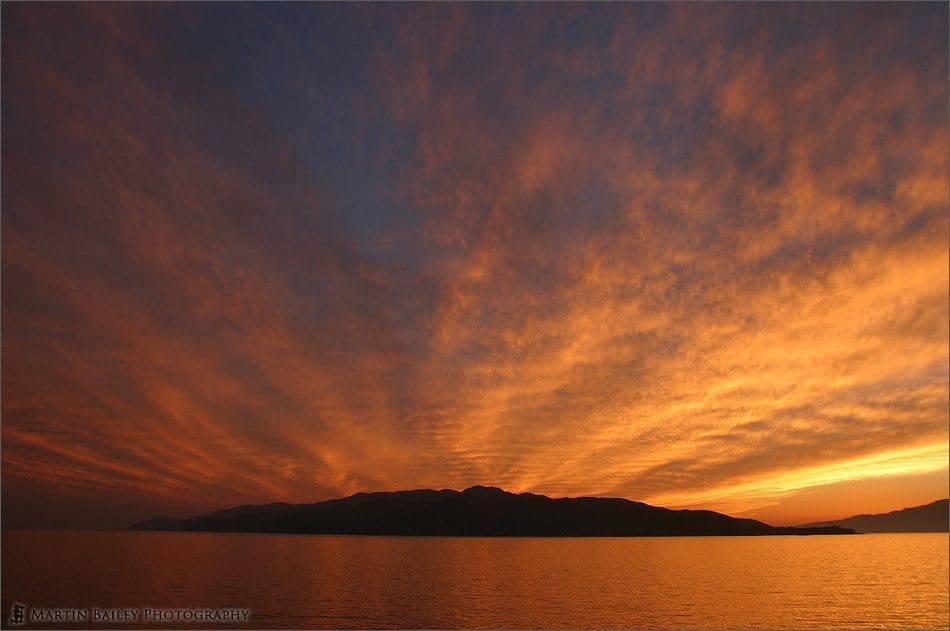
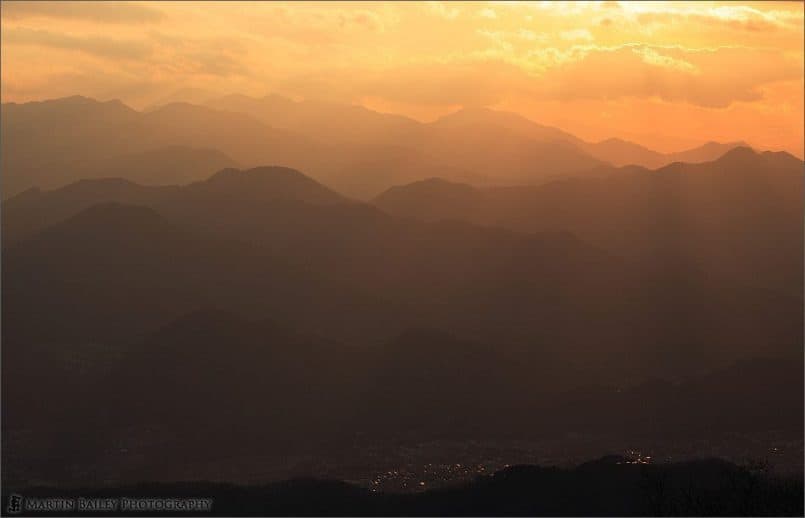
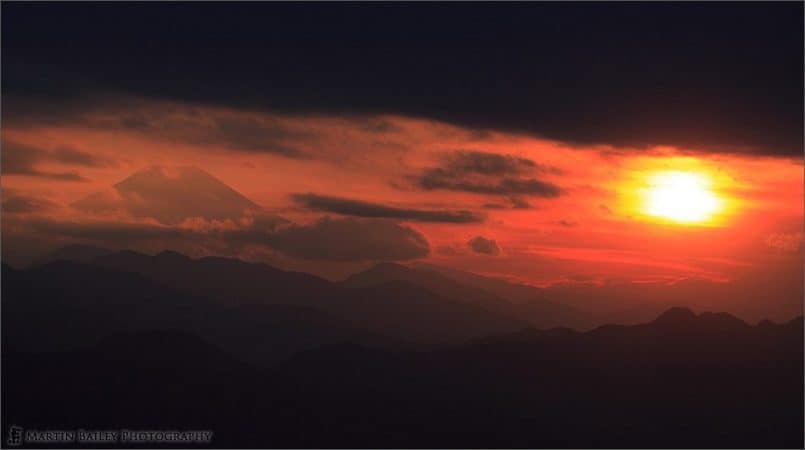
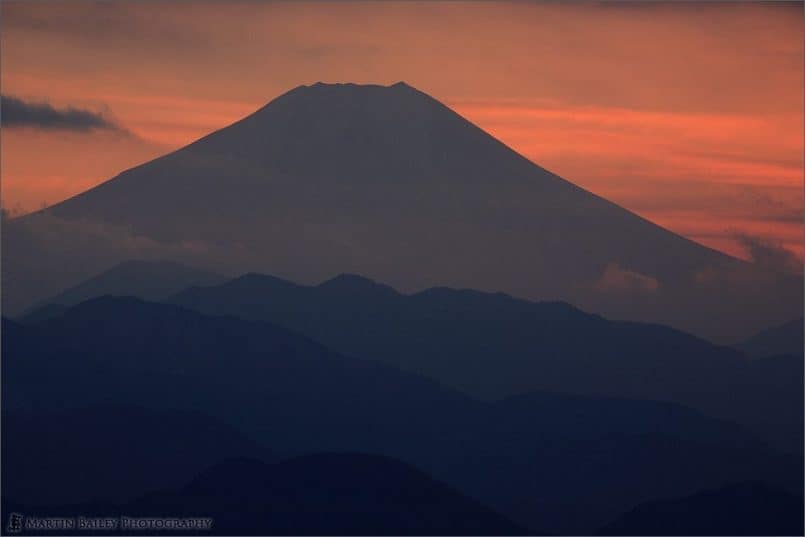
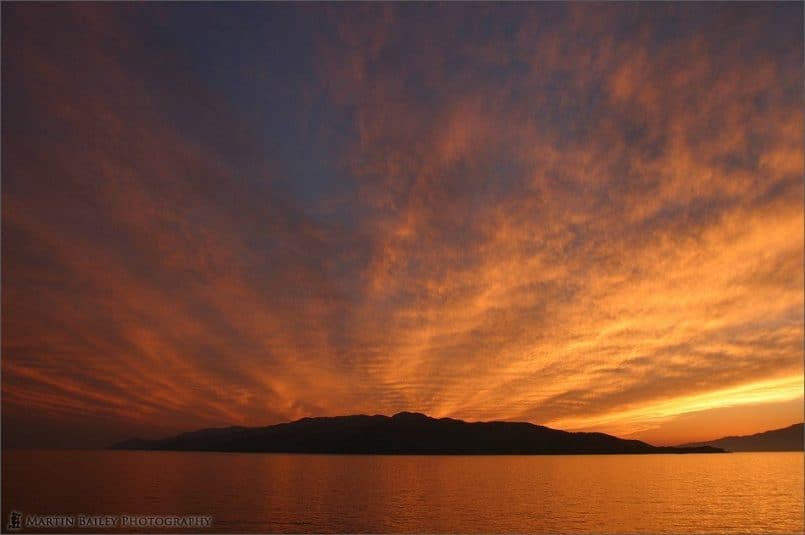


0 Comments